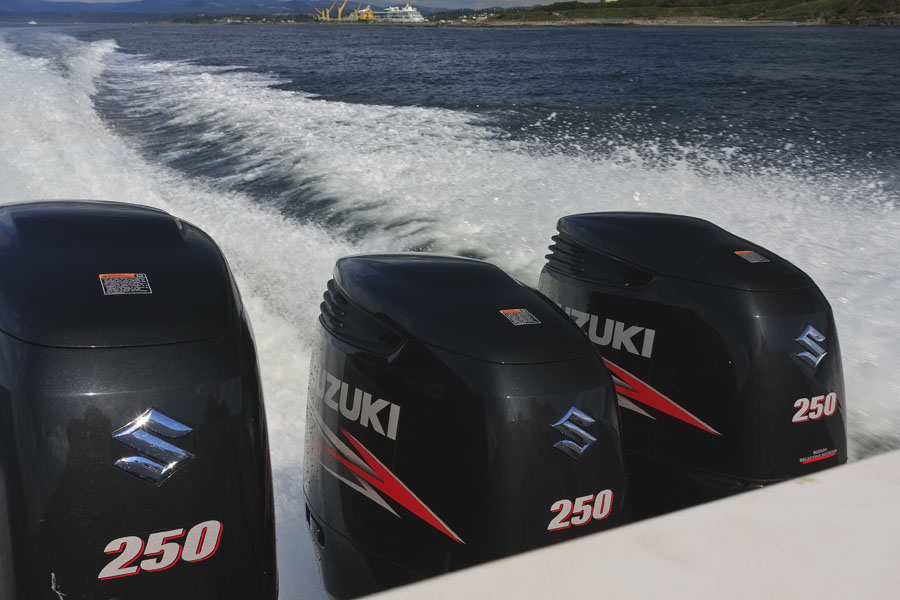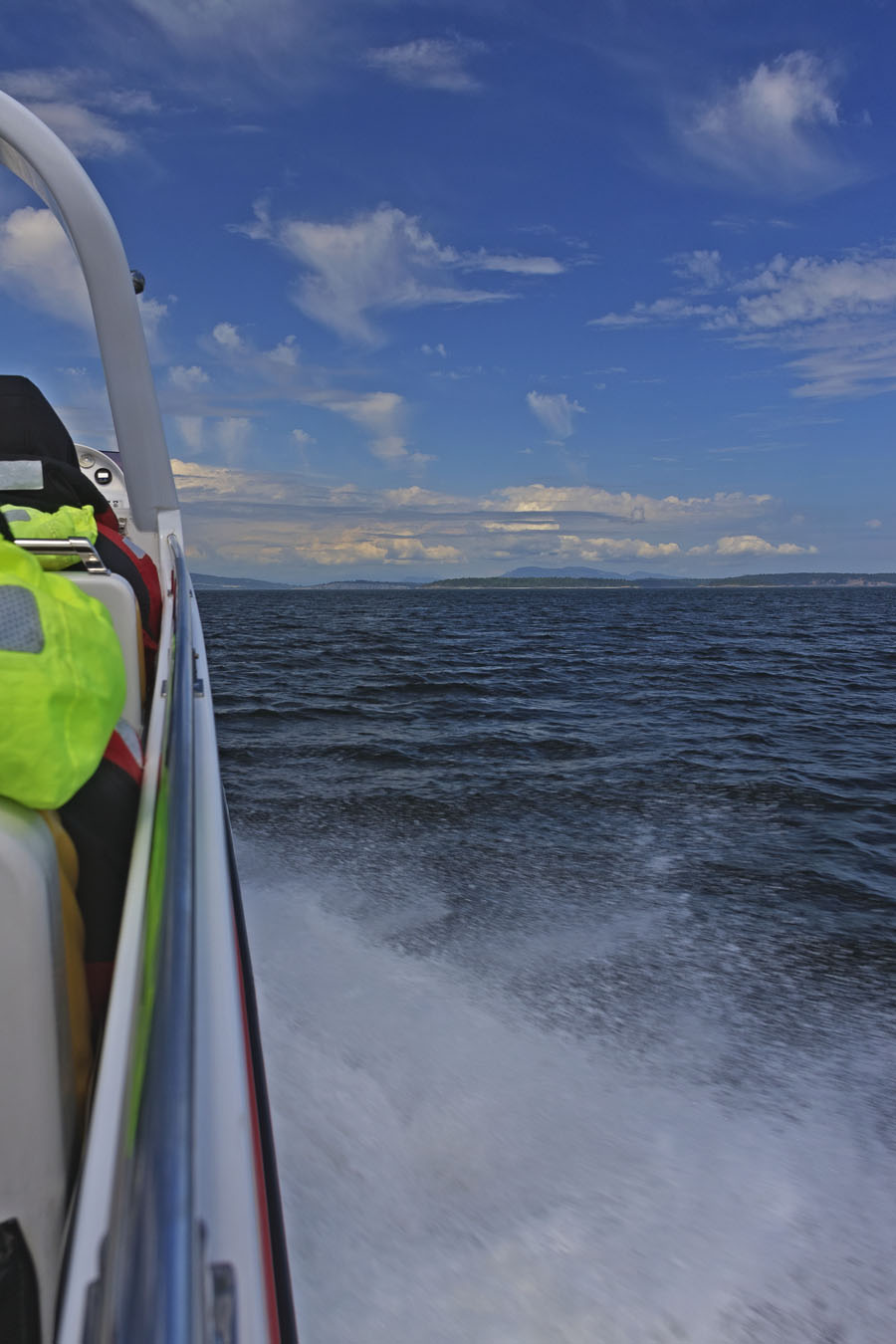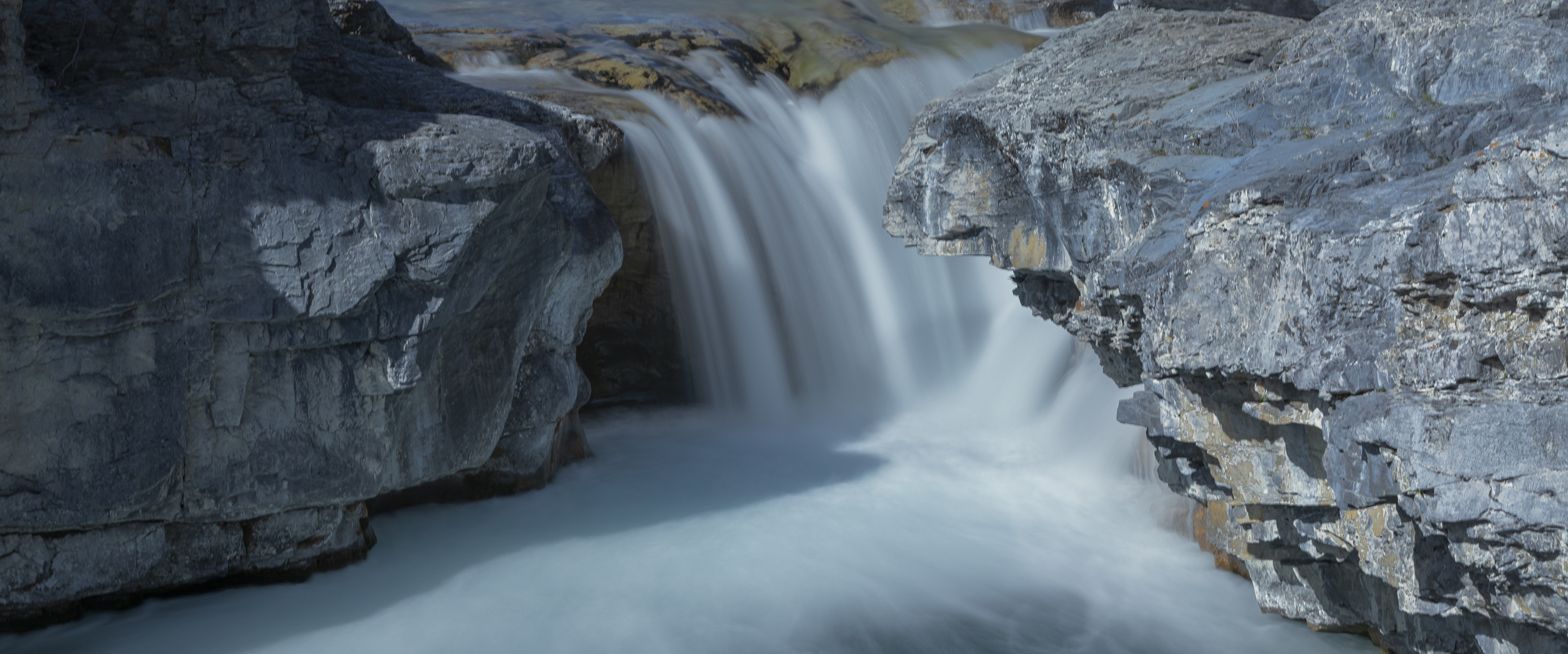We recently traveled to Victoria to visit with friends. Among our adventures was some whale-watching, more specifically a trip I took with Barry Stewart to photograph Orcas, more commonly known as Killer Whales. This term is a misnomer, they’re not whales. They are actually the largest member of the dolphin family. There are three distinct groups of Orcas in the Victoria area, the resident pods, the offshore groups and the transients.
The southeast shores of Vancouver Island are home to at least 89 Orcas who migrate there every spring. The southern resident Orcas spend six to seven months a year in the protected waters of Haro Strait, the Strait of Juan de Fuca, and the Georgia Strait near the Fraser River. They constitute a large extended family comprised of three distinct pods: J, K, and L.
The offshore Orcas can be found further west, along the Pacific Coast of Vancouver Island. Transient pods are migratory, just passing through the area. Although they are the same species, these groups differ in their dietary choices. The resident and offshore Orcas eat fish, primarily salmon, whereas the transients are mammal eaters, with a diet of seals, sea lions and sea otters.
We began our 3 hour voyage in the morning, departing Fisherman’s Wharf aboard a very fast boat, designed to cover a lot of ground (water?) in pursuit of sightings. I begin with a couple of shots of that craft, attempting to convey a sense of its speed. Our boat, the Serengeti had lots of power, 3-250 outboard engines. That’s double the power of a high-powered automobile!

In this next picture, you see the Serengeti wasting no time en route to our sighting. We had traveled east toward an area near San Juan Island when our captain, Tom received news of a pod of transients farther north. We made a beeline for our destination, skimming across the water at nearly 40 mph (65 kph). Fast for a boat!

We soon came upon the Orcas, a small pod (5) of transients, traveling south along the east coast of the Saanich Peninsula. We knew we were in the right place, evidenced by the many other whale-watching boats in the area. We were able to observe the pod in action for well over an hour. Boats are required to keep a distance of 100 yards whenever possible, so we used telephoto lenses to get the pictures, in my case a EF-S18-200mm f/3.5-5.6 IS lens at full magnification. Following is a brief slideshow, presenting my best shots from the morning. Photographing Orcas can be challenging. Much of the time, they expose very little of themselves above the waterline. Pictures of backs and dorsal fins from a distance aren’t all that compelling. They do perform some acrobatics, so there is a need to be attentive, anticipatory and ready to shoot when the opportunity presents itself. The technique is to shoot in bursts, capturing sequences of 7-8 images when they surface. If the Orca is breaching, you’re bound to get a couple of good ones. Cycle through the slideshow, clicking on the right side of the image to advance, on the left to back up.
I thoroughly enjoyed the experience and look forward to trying it once again.


WOW!
Incredible pics!